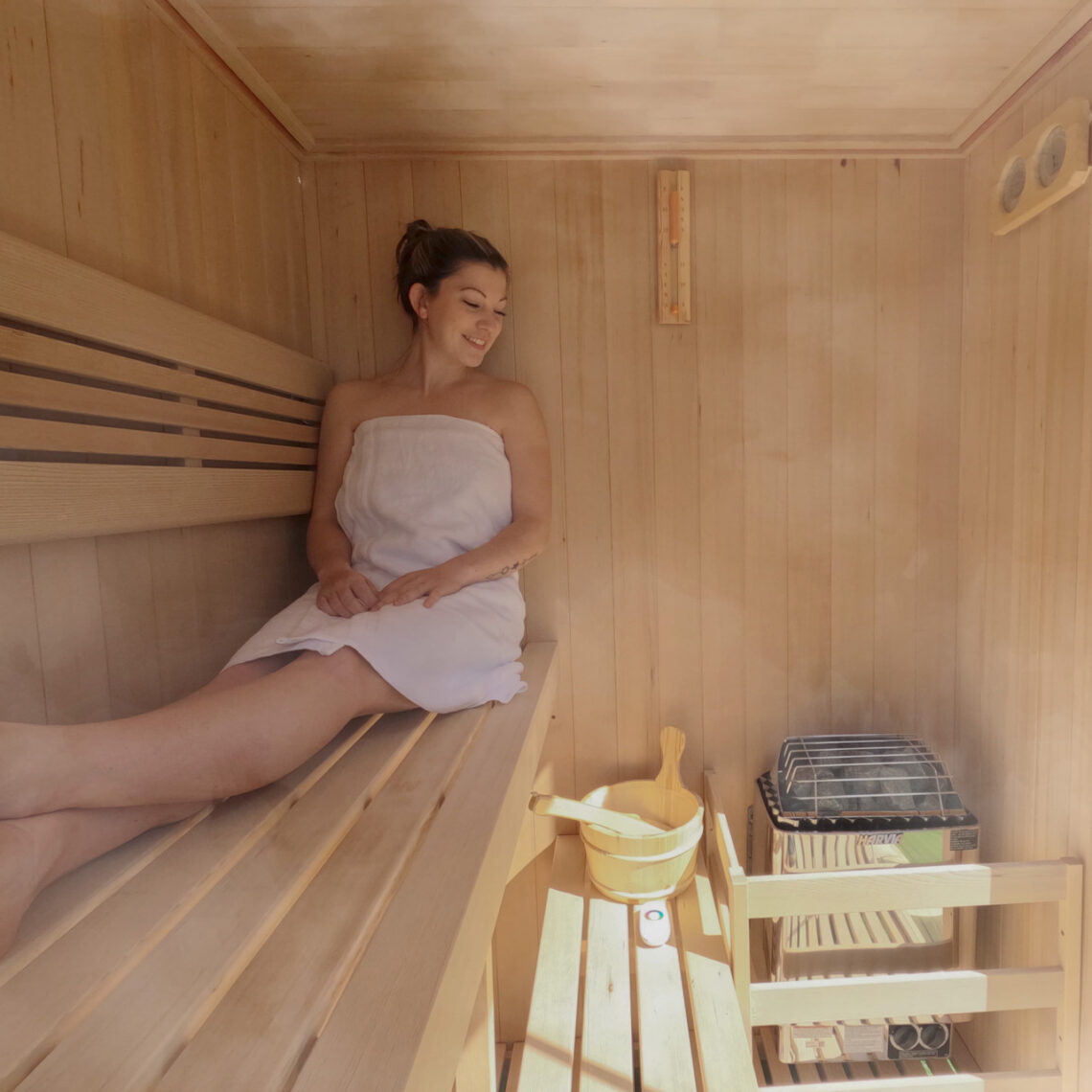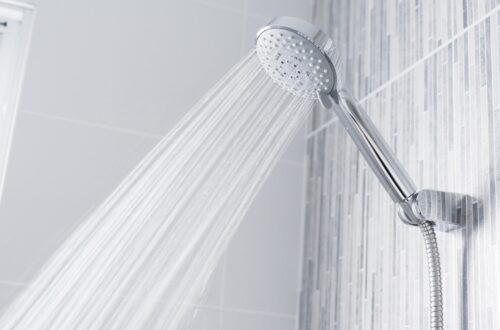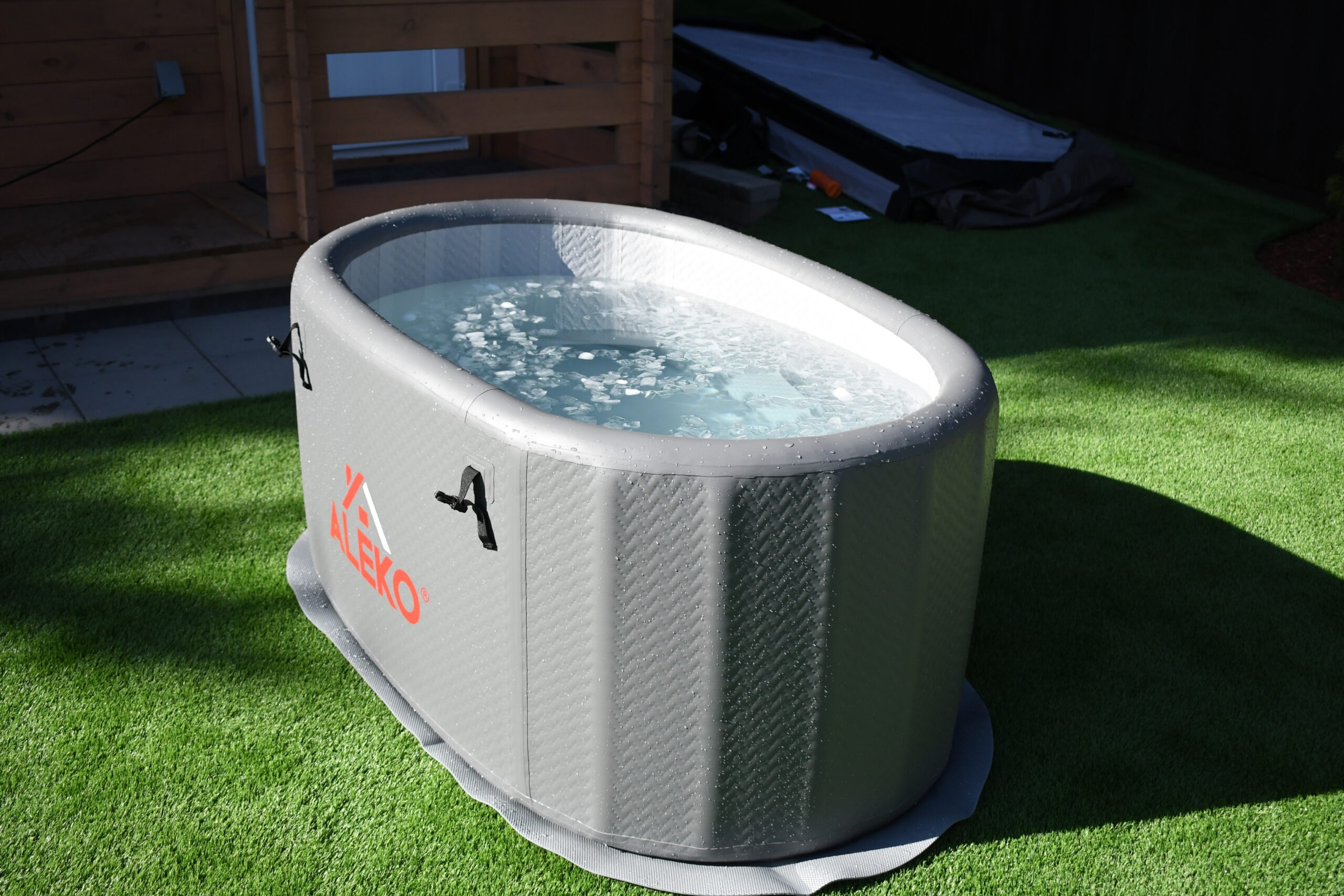Stepping into a sauna is like entering a world where relaxation and rejuvenation meet—an oasis of warmth to escape the stresses of daily life. Whether it’s a dry sauna or wet sauna, the right attire can elevate your experience, enhancing comfort and maximizing the sauna’s benefits. So, what exactly should you wear in a sauna to make the most out of each session? Let’s dive into sauna best practices and style choices.
1. Understanding Sauna Etiquette and Culture
When it comes to sauna etiquette, it’s essential to know that sauna culture varies depending on location, type, and even country. For instance, Finnish saunas often encourage minimal clothing, as they emphasize the connection between nature, heat, and body relaxation. In a public sauna or gym sauna, however, modesty and hygiene might be prioritized, suggesting specific attire.
Key Tips for Following Sauna Etiquette:
- Check the rules: Some saunas, especially in gyms or spas, may have specific clothing guidelines.
- Respect personal space: Sitting close to others on the sauna bench is fine in crowded saunas, but always keep a respectful distance if possible.
- Bring a sauna towel: A cotton towel not only provides a barrier between you and the hot wood but also helps manage excess sweat.
2. Basic Attire: Minimal Clothing for Maximum Comfort
In most saunas, less is more. High sauna temperatures combined with infrared heat or steam room moisture mean you’ll be sweating quickly. Wearing minimal clothing allows for better airflow and reduces the chance of trapping sweat against your skin, which can be uncomfortable. Plus, saunas are good for the skin, so letting it breathe with minimal clothing is the way to go!
Recommended Minimal Clothing:
- Swimwear or a bathing suit: This is a popular choice, especially in public saunas or mixed-gender environments. A bathing suit allows for modesty while still keeping things light and breathable.
- Sauna towel wrap: In some cultures, especially in Europe, wrapping a towel around your waist or body is all you need. Towels absorb sweat and offer modesty without adding extra layers.
- Loose, breathable fabric: If you’re not comfortable with a bathing suit or towel alone, try loose clothing made of breathable material like cotton, which allows the skin to cool and keeps moisture at bay.
What Not to Wear:
- Tight clothes: Avoid tight clothing or tight clothes in the sauna, as they restrict airflow and trap heat, leading to discomfort.
- Synthetic materials: Fabrics like polyester don’t breathe well and can trap heat, causing you to overheat and miss out on the full sauna experience.
3. Accessories for Sauna Sessions
Believe it or not, a few well-chosen sauna accessories can make a significant difference in your steamy session. Let’s talk about some essentials that pair well with sauna attire to improve comfort, safety, and hygiene.
Must-Have Sauna Accessories:
- Sauna hat: It may seem odd to wear a hat in a hot room, but in many sauna cultures, a felt or wool sauna hat helps protect your head from overheating, particularly in an outdoor sauna or a traditional Finnish sauna where temperatures are especially high.
- Shower sandals or shower shoes: Since hygiene is key, a pair of shower sandals keeps your feet clean and protected on public sauna floors.
- Towels: A couple of cotton towels come in handy—not just to sit on the sauna bench, but also to dry off afterward. Use one towel to sit on and another to wipe off excess sweat.
4. Clothing Options Based on Sauna Type
Different saunas require different attire based on their heat levels, humidity, and type of sauna heater. Here’s a quick breakdown of what to consider for various sauna types:
Infrared Saunas
- Infrared saunas emit infrared heat, which penetrates deeper into the skin, leading to intense sweating at lower temperatures. Wear light, breathable clothing like a swimsuit, loose shorts, or even moisture-wicking athletic wear for these infrared therapy sessions.
Dry Sauna
- In a dry sauna with little humidity, breathable clothing and minimal layering is key. Avoid tight clothing or materials that trap moisture, as high temperatures make sweating more intense. Many people find that sitting on a sauna towel and wearing only swimwear or a towel wrap works best.
Steam Room
- Steam rooms often have higher humidity, meaning clothes can become drenched quickly. Wear as little as possible—a bathing suit or towel wrap is ideal. Avoid synthetic materials in steam rooms since they don’t absorb moisture and can become uncomfortable.
5. Sauna Suits and Specialized Attire
A sauna suit might sound like a good idea for those looking to amplify the sweat, but these suits are more suited to fitness activities outside the sauna. Traditional home saunas and outdoor sauna sessions focus on slow, natural heat penetration, so a sauna suit could actually cause overheating, which is uncomfortable and potentially dangerous in an enclosed sauna environment.
Alternatives to Sauna Suits:
- Stick to breathable fabric clothing for a natural sweat.
- Use a sauna towel or lightweight, loose-fitting clothes instead of a heavy sauna suit.
6. Preparing for Sauna Heat: The Right Fabrics
Before you begin deciding on how long to sit in a sauna for, it’s important to take some preparation measures. The choice of fabric can make or break your sauna experience. The best fabrics for saunas should be breathable, absorbent, and lightweight. Let’s look at which materials fit the bill.
Top Fabrics for Sauna Clothes:
- Cotton: Known for its breathability, cotton helps absorb sweat without becoming too sticky. Opt for cotton shorts, light t-shirts, or a towel wrap.
- Linen: Lightweight and airy, linen is ideal for sauna sessions, especially if you’re planning to lounge in a sauna.
- Bamboo: Bamboo fabrics are breathable, moisture-wicking, and environmentally friendly, making them a great choice for sauna attire.
Fabrics to Avoid:
- Polyester: This synthetic fabric traps moisture and isn’t breathable, which can make your session feel unbearably sticky.
- Nylon: Another synthetic option, nylon doesn’t handle heat well and can make you feel warmer than necessary, especially in an intense heat setting like a traditional sauna.
7. Post-Sauna Attire Tips
After sweating it out in the sauna, it’s essential to freshen up and give your skin a chance to cool down before slipping back into regular clothes. Here are a few quick tips to end your sauna experience on a high note.
Essential Post-Sauna Tips:
- Bring a change of clothes: Pack clean, loose clothing for after your session to avoid staying in damp, sweaty attire.
- Stay hydrated: After all that sweating, drink plenty of water to rehydrate and help regulate body temperature.
- Cold plunge or shower: Creating a sauna and cold plunge routine can be a great idea if you are looking to switch up your wellness routine. Many people enjoy a cold plunge or shower post-sauna to refresh the body and reset the mind. This contrast between intense heat and cold can stimulate circulation and leave you feeling energized.
Final Thoughts: Dressing for a Sauna Experience
Choosing the right sauna attire enhances not only comfort but also the effectiveness of your sauna experience. The ideal approach combines minimal clothing with breathable, natural fabrics, a sauna towel or two, and a focus on relaxation. Whether you’re enjoying an electric sauna session or savoring the traditional atmosphere of a wooden barrel sauna, remember that the goal is to let the heat work its magic—without adding unnecessary barriers.
In the world of home saunas, less is often more, allowing your body to reap the full benefits of infrared heat or traditional steam. So next time you step into the warmth, wear wisely, relax fully, and enjoy every sweaty, soothing moment.
Ready to start your own sauna journey? Explore ALEKO’s range of premium saunas, with options to fit various sauna designs and dimensions, and elevate your wellness routine with the ultimate in relaxation and rejuvenation.






